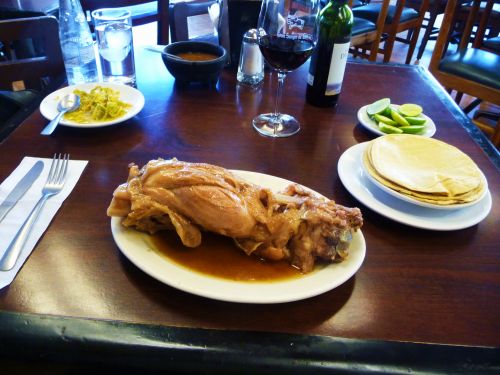
Over a year ago, I posted about new garbage cans that were being installed in the centro histórico, as well as some affluent neighborhoods in the city. Given the enormous quantity that have gone missing of late, it would appear they make terrific house gifts.

Even father back, I posted about the Cine Teresa, a three-thousand seat movie palace that had been in its same location on the Eje Central since 1942. In the last couple of decades, it had become one of the city's most notorious porn houses. Unfortunately, it closed its doors over the summer. Here is a link to a brief history of the place, written by Héctor de Mauelón and published in the online version of the newspaper Milenio.







